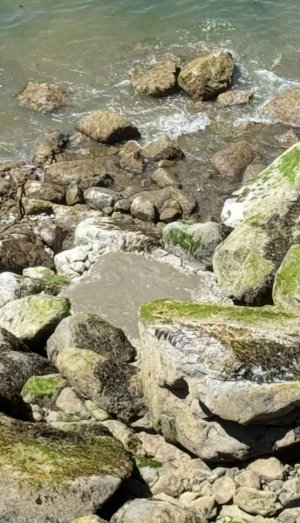sly_karma
Crew Member
Agree with this approach now that we know the application. Simple vertical loading, light load. Rebar not required.One note - if it was me, I'd pour without reinforcing and use a fiberglass mesh admix to the concrete (basically a bag of fibreglass fibres that added directly to the mix).
Concrete fails for lots of reasons, but the most relevant in your case would be water penetrating into the concrete and rusting the reinforcing. As steel turns to rust, it expands and creates internal stress in the concrete, causing it to crack - letting in more water, causing more rust. This is why parking garage slabs fail.
Make sure your footing has good bearing, eliminate the rebar, you eliminate the rust. If you need dowels (either to attach the footing to rock, or to connect something to the footing) - go with stainless threaded rod. If you absolutely need rebar, use fibreglass bar - they sell it at home depot now. Regular bar won't work in the long run - and epoxy coated bar doesn't work much better either.
Don't fuss over form material, it's temporary. Use 2x4 backers top and bottom of the form ply to reduce bulging. For simple square or rectangular shapes up to 4 ft height, corners can be simply screwed together with fairly tight spacing. 3" centres down low, easing to 6" by the top.
Discuss mix design with concrete supplier. 25 MPa is sufficient for the loading, but for the few extra bucks I'd step up to 32 MPa. More cream means a nicer finish against the form, with fewer bug holes. Appearance isn't a big deal for this job, but those bug holes are a more inviting entry point for salt damage.
To the OP, please outline your rationale for adding plasticizer. This isn't a thin section form with a lot of reinforcement. External or internal vibration will be sufficient to get a smooth cream layer up against the form, and there'll be less pressure on the form without plasticizer, and less cost. Higher slump concrete more effectively displaces any water in the form - more risk of runny concrete absorbing some of the water and weakening the mix.
Last edited:


